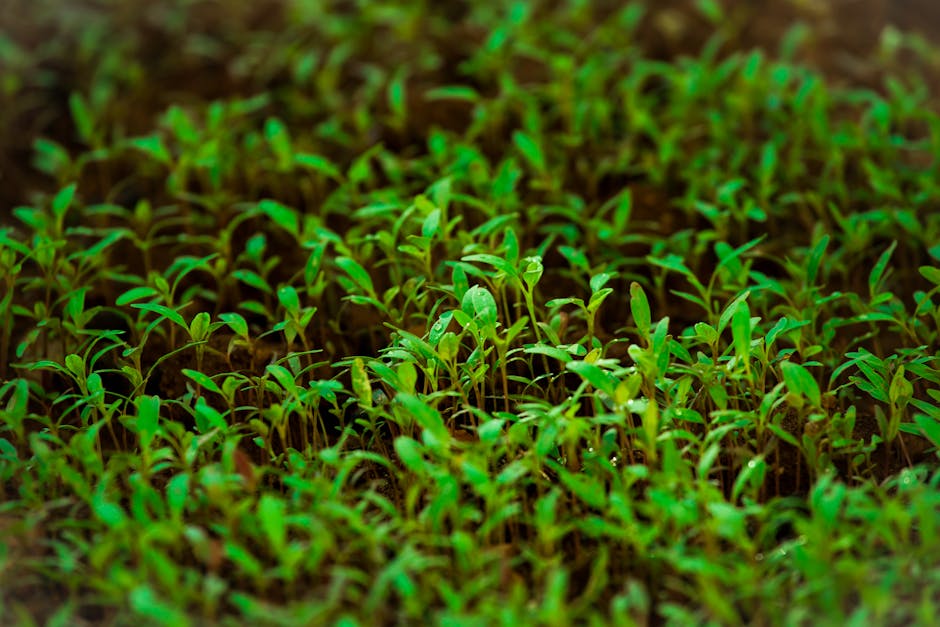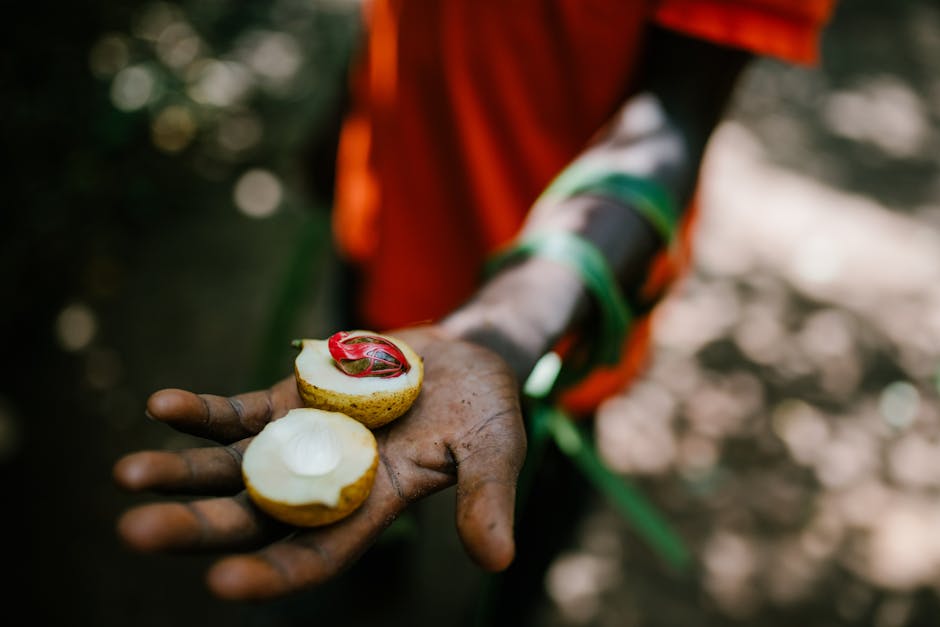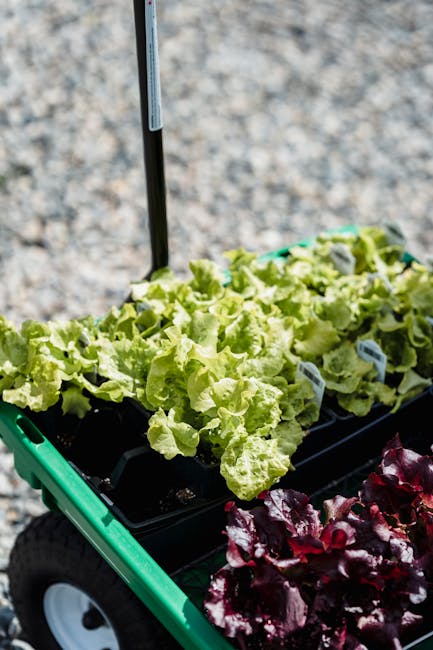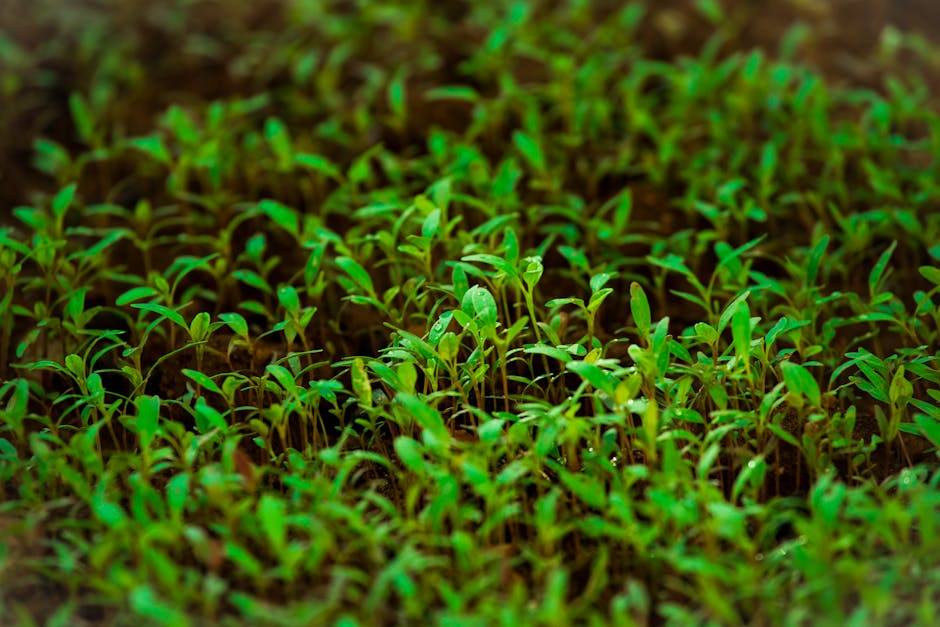Unlocking Giant Growth: Your Guide to Planting and Growing Beanstalk Seeds for a Thriving Garden
While the tale of Jack and the Beanstalk might be fiction, the magic of growing beans is very real. Bean plants, far from being just a fairytale prop, offer a rewarding and relatively simple gardening experience, perfect for beginners and seasoned gardeners alike. This comprehensive guide will equip you with the knowledge and techniques to successfully cultivate your own beanstalk, whether you’re aiming for a bountiful harvest or simply enjoying the beauty of these vibrant plants.
Choosing the Right Beanstalk Seeds
Before you even think about planting, selecting the right bean seeds is crucial. The type of bean you choose will significantly impact the size, yield, and overall growth of your beanstalk. There’s a vast array to choose from, each with its own unique characteristics:
- Bush Beans: These compact varieties are perfect for smaller gardens and containers. They produce a concentrated harvest all at once.
- Pole Beans: These climbing beans require support, such as a trellis or stake, to grow upwards. They produce a longer, more continuous harvest.
- Runner Beans: A type of pole bean, runner beans are known for their prolific yields and long pods.
- Dwarf Beans: Similar to bush beans, but often producing larger pods.
Consider the space you have available, the length of your growing season, and your preferred bean type (green, yellow, kidney, etc.) when making your selection. Always choose seeds from a reputable supplier to ensure high germination rates.
Preparing the Ground for Your Beanstalk
The success of your beanstalk relies heavily on proper soil preparation. Beans thrive in well-drained, fertile soil that’s rich in organic matter. Here’s how to prepare your garden bed:

- Test your soil: A soil test will reveal its pH level and nutrient content, helping you amend it accordingly.
- Improve soil drainage: If your soil is prone to waterlogging, add organic matter like compost or well-rotted manure to improve drainage and aeration.
- Amend the soil: Based on your soil test results, add necessary nutrients. Beans benefit from potassium and phosphorus.
- Clear the area: Remove any weeds, rocks, or debris from the planting area.
- Loosen the soil: Work the soil to a depth of about 12 inches (30 cm) to create a loose, friable texture that allows for easy root penetration.
Planting Your Beanstalk Seeds
Planting your bean seeds correctly is key to a successful harvest. Here’s a step-by-step guide:
- Timing is everything: Plant your bean seeds after the last frost, when the soil temperature is consistently above 60°F (15°C).
- Planting depth: Plant bush bean seeds about 1 inch (2.5 cm) deep and pole bean seeds about 1-2 inches (2.5-5 cm) deep.
- Spacing: Space bush bean seeds 4-6 inches (10-15 cm) apart and pole bean seeds 6-12 inches (15-30 cm) apart.
- Row spacing: Allow 2-3 feet (60-90 cm) between rows for bush beans and 3-4 feet (90-120 cm) between rows for pole beans.
- Watering: Water thoroughly after planting.
Caring for Your Growing Beanstalk
Once your bean seeds have sprouted, consistent care is essential for healthy growth and a bountiful harvest:

- Watering: Keep the soil consistently moist, but not waterlogged. Water deeply and less frequently rather than shallowly and often.
- Weeding: Regularly remove weeds to prevent competition for nutrients and water.
- Fertilizing: While beans are nitrogen-fixing plants, a side dressing of compost or balanced fertilizer can boost growth and yield.
- Pest and disease control: Monitor your plants for pests and diseases and take appropriate action if necessary. Organic pest control methods are often preferred.
- Support for pole beans: Provide sturdy support for pole beans using trellises, stakes, or other structures.
Harvesting Your Beanstalk’s Bounty
The most rewarding part of growing beans is harvesting the fruits of your labor! The timing of harvest depends on the type of bean and your preference for pod size and tenderness:
- Bush beans: Harvest when the pods are young, tender, and bright green.
- Pole beans: Harvest regularly to encourage continued production.
Harvesting should be done gently to avoid damaging the plant. Store your harvested beans in a cool, dry place or freeze them for later use.

Troubleshooting Common Beanstalk Growing Problems
Even with the best care, you might encounter some problems. Here are a few common issues and solutions:
- Poor germination: Ensure proper soil temperature and moisture levels.
- Yellowing leaves: This could indicate nutrient deficiency or overwatering. Adjust your watering and fertilization practices.
- Pest infestation: Use appropriate pest control methods.
- Disease: Ensure good air circulation and avoid overwatering.
Growing your own beanstalks is a rewarding experience that connects you with nature and provides you with fresh, healthy produce. By following these guidelines, you can enjoy a successful harvest and savor the fruits of your labor. Happy gardening!

